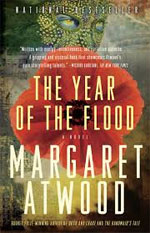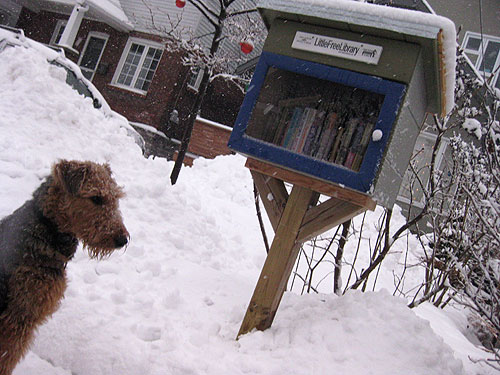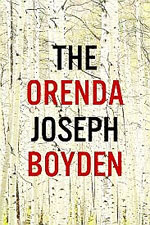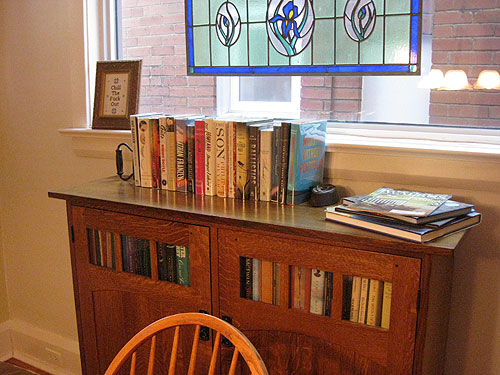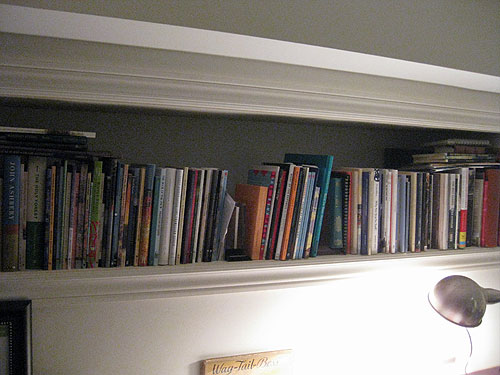I’m excited to introduce Bookgaga readers to another insightful guest book reviewer who comes at things from some intriguing angles. Paul Whelan, over to you: I am an architect whose worldview has been shaped by a belief that cities and buildings are active participants in our real and imagined lives. My reading is evenly split between fiction and non-fiction, but usually underpinned by my deep love of human history.
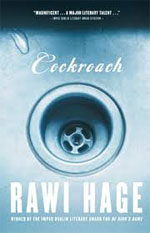
A book titled Cockroach almost begs the reader to embark on an insect-metaphor hunt. And there are many here to find. If you are the type of reader who wants to make connections between for example Kafka and derogatory racial profiling, it’s all here for the counting. But for me there was so much more to this engaging novel. I read it twice as the combination of character, story and language aligned to keep me off-balance, but eagerly stumbling forward.
The nameless main character is simultaneously off-putting and endearing. His childlike attitude towards his shoplifting and break and enter crimes seems devoid of conventional morality. He oscillates from compelling observations of his adopted city through to being weirdly off-putting. Regardless I wanted him to succeed in his seductions and his crimes. I never lost interest in his interactions with Montreal and its inhabitants.
Cockroach inhabits a city that operates under rules that are invisible to him. His judgment of the naïveté of those around him is equal to his own unexamined naïveté. He coolly exposes the false posturing of both his fellow-immigrants and the soft lives of the Montreal well-to-do. Rawi Hage creates passages of power and beauty such as the hero’s musings on his state-appointed psychiatrist.
“She was quiet and I knew she wanted to ask me if I had killed Tony once I had the gun. I knew she was hooked, intrigued. Simple woman. I thought. Gentle, educated, but naïve, she is sheltered by glaciers and prairies, thick forests, oceans and dancing seals.”
Cockroach’s hero has experienced a far harsher world and has little patience for the morality of the well-fed.
Hage’s novel maintains a tight relationship to the viscera of Montreal. The reader is kept in constant contact with the ice and slush of winter, the hunger before the next welfare check and incessant sexual longing. The hero is desperately in touch with his physicality and is deeply grateful for every scrap of food or sexual encounter. Even his break-ins seem tempered by seeming simpler needs. He takes what he wants based on his assessment of the inhabitants, but mostly food and information.
What I have avoided writing about is the plot. For most of the novel I simply read along for the ride. I was equally intrigued by the hero’s direct pleasure from life and the inexorable unfolding of his story, which skirts around all the great issues – hunger, sex, love and revenge. But there is a great story here that slips through the entrails of Montreal and all its inhabitants.
Note: I’m approaching my preparations for Canada Reads 2014 a little differently than previous years. This year, I’m not reading and reviewing the books in advance of the debates. Instead, I’ve asked five wise and articulate readers – of whom Paul is the fifth and final – to review the contending books and convince me one way or the other of the value of the book and its suitability for this year’s Canada Reads theme of “What is the one book that could change Canada?”

